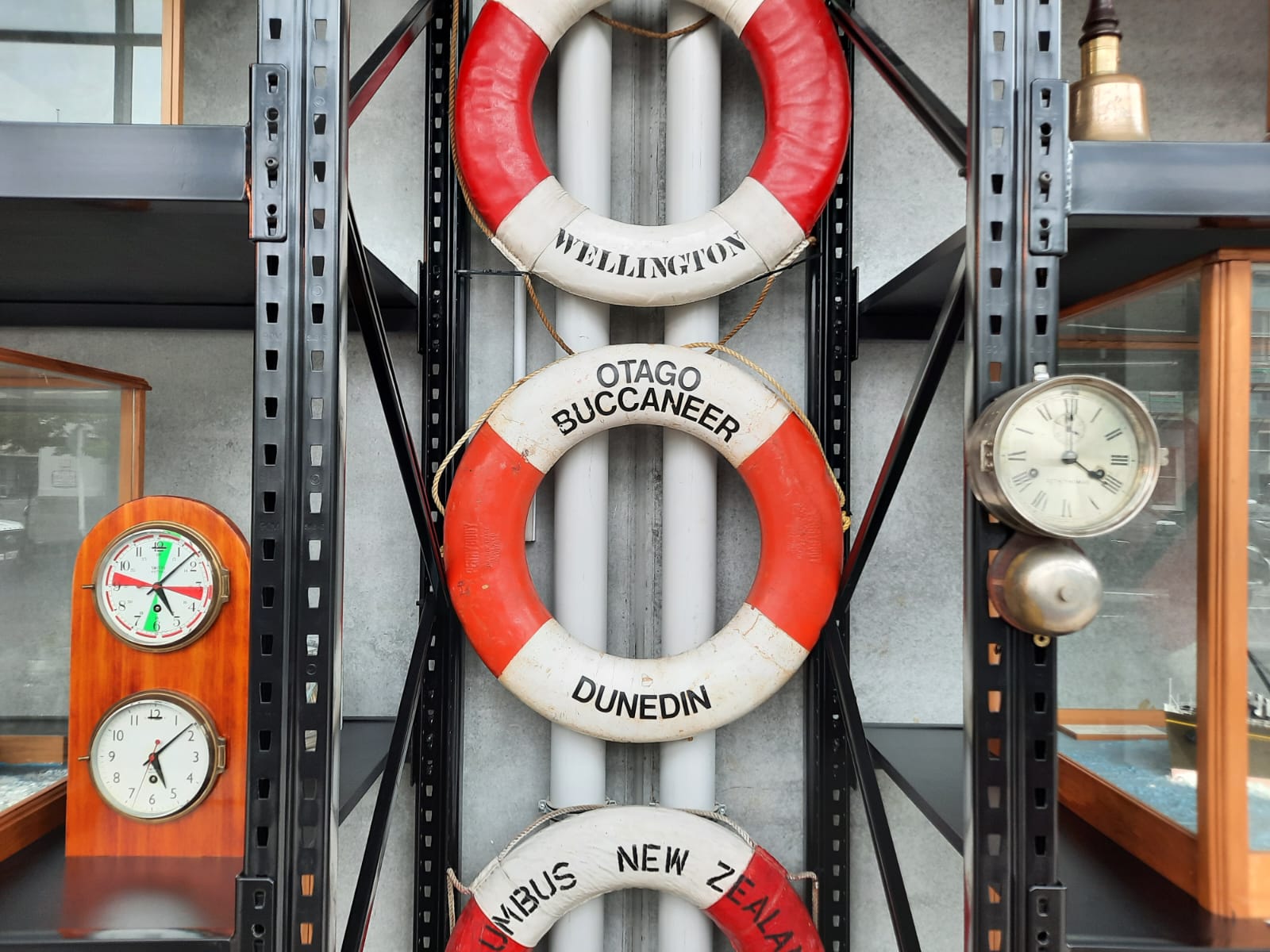Port Chalmers Maritime Museum
A refurbishment and expansion project is a great excuse to revisit an old favourite, the Port Chalmers Maritime Museum.
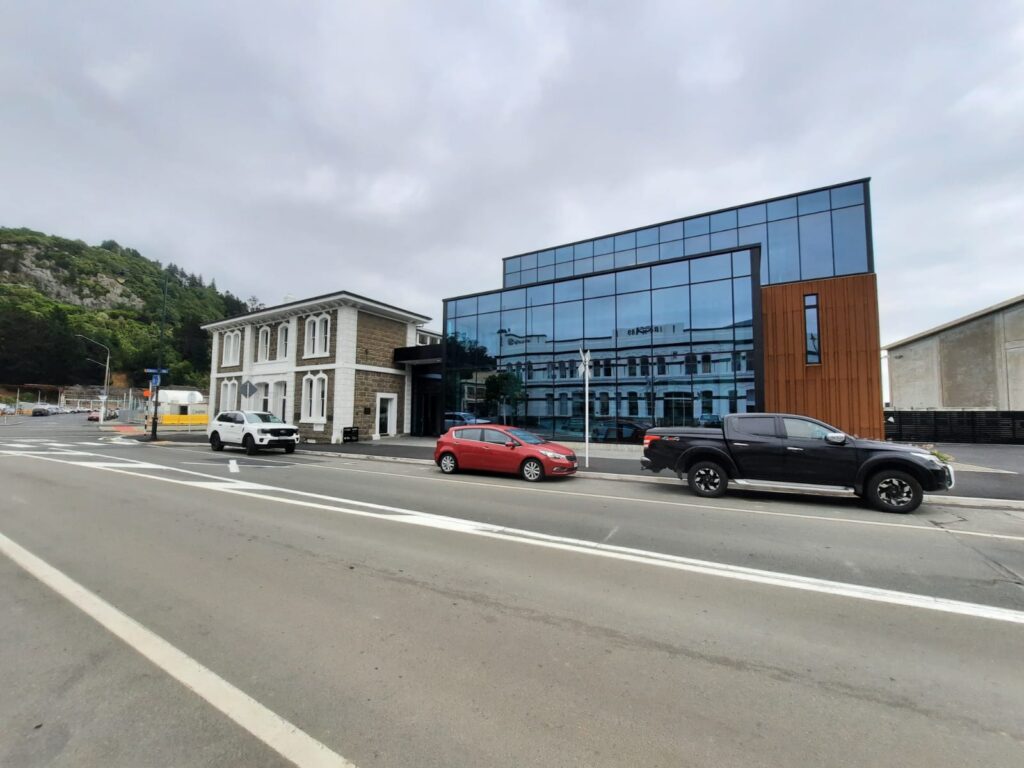
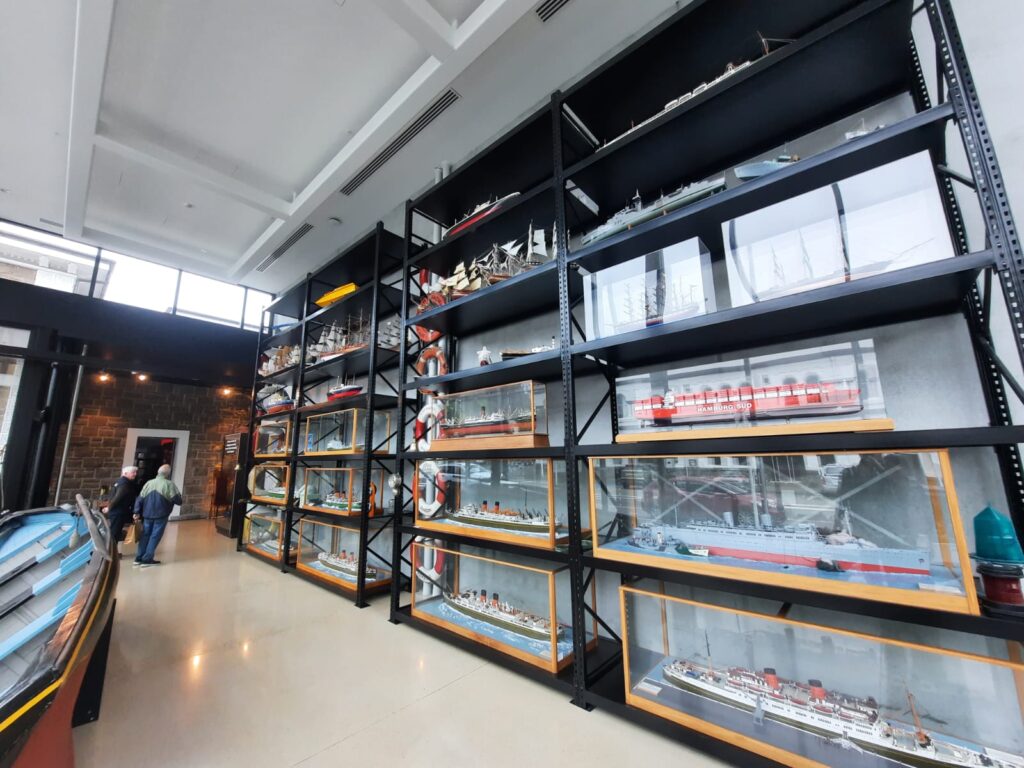


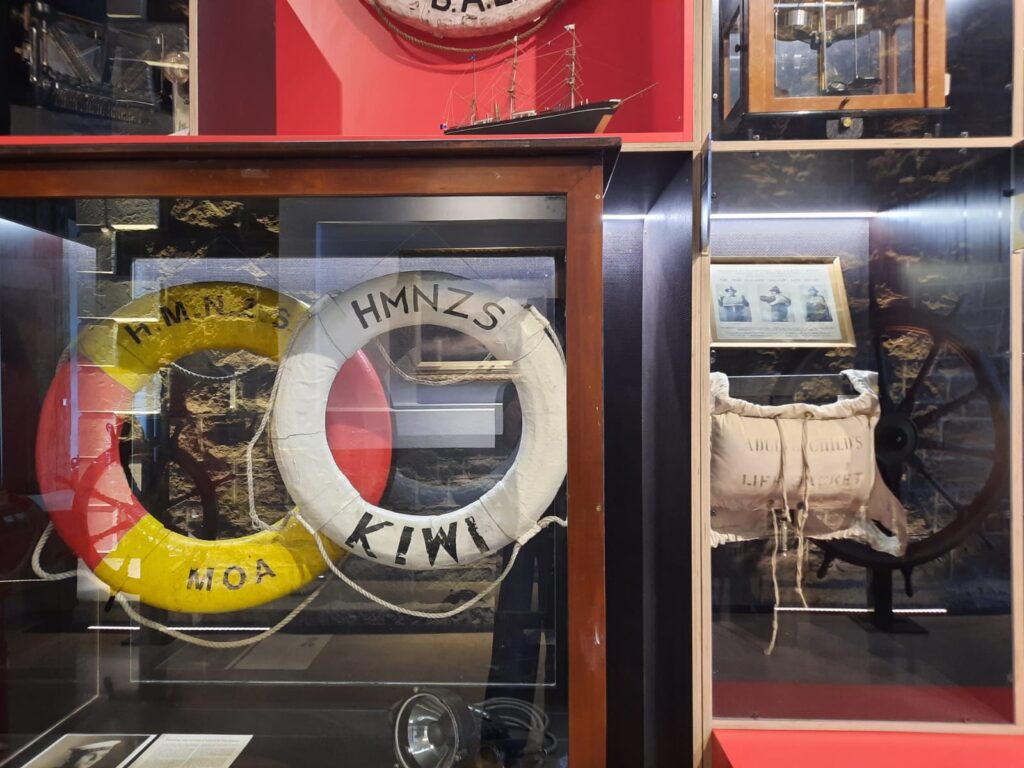
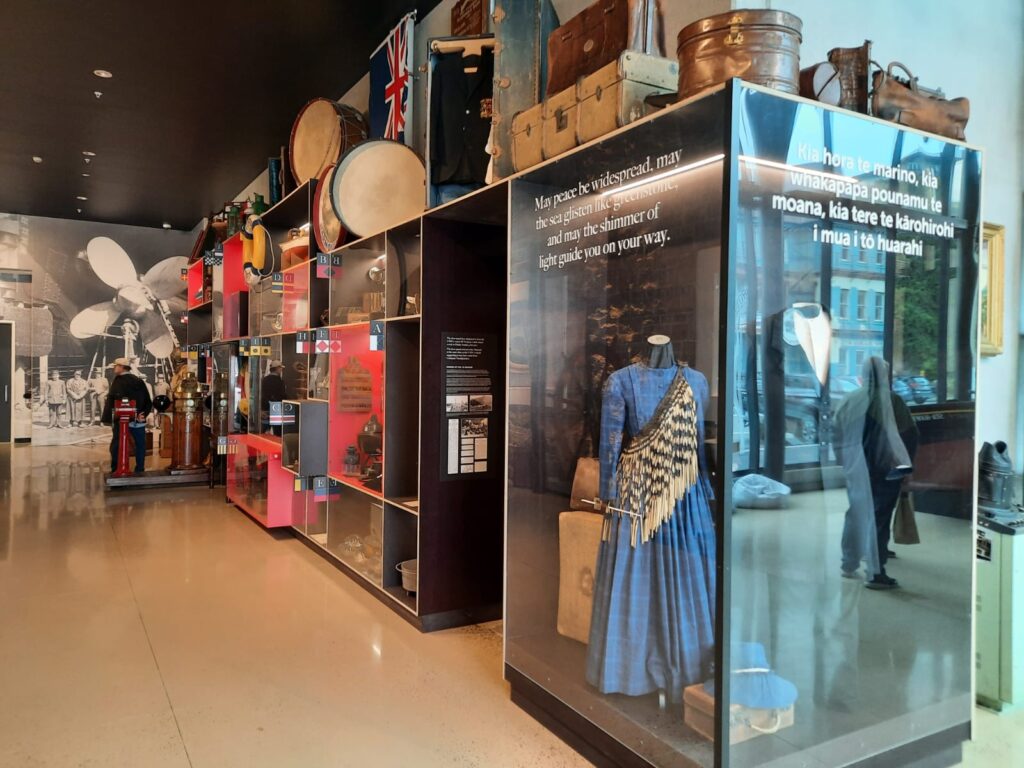
Port Chalmers and its Maritime History
Port Chalmers is a settlement close to the New Zealand city of Dunedin, and is home to that city’s main port. It’s not a coincidence posts in and around Dunedin start popping up every couple of years: it’s the Salterton Arts Review’s home town. Thinking about its museums and other cultural sites and heritage through the lens of this blog is a nice way to reengage with the familiar and see things in a new light.
But we’re not here to talk about me, we’re here to talk about Port Chalmers. We’ve already learned it’s a port town near Dunedin. Calling it Port Chalmers masks its pre-European history as the Māori settlement of Potakere (later Kōpūtai). There was a lot of contact between Māori and Europeans before settlement by the latter began in this area. In Kōpūtai this took the form of a nearby sawmill, and whaling station. More Europeans began to arrive from the 1840s, and the land in this area was sold to the Otago Association in 1844. Organised settlers first landed in Kōpūtai and Dunedin in 1848. Large ships were not able to travel the length of Dunedin Harbour, so this was the main port from the early days. The town and port were renamed after Thomas Chalmers, the leader of the Free Church movement in Scotland.
Although it was a pain hauling goods from Port Chalmers to Dunedin over land or on lighters, the 1860s gold rush in Central Otago (for which Dunedin was the gateway) saw Port Chalmers become one of the busiest ports in Australasia. Port Chalmers’ fortunes continued to wax and wane over the years. The influx of miners saw improved infrastructure, including a railway. The dredging of a shipping channel down the harbour was a blow, however. That didn’t stop Port Chalmers being the location from which the first ever shipment of refrigerated meat departed in 1882. It’s also played a key role in voyages to the Antarctic. Port Chalmers today has a population of around 1,400, maintains a container port, and welcomes cruise ship tourists.
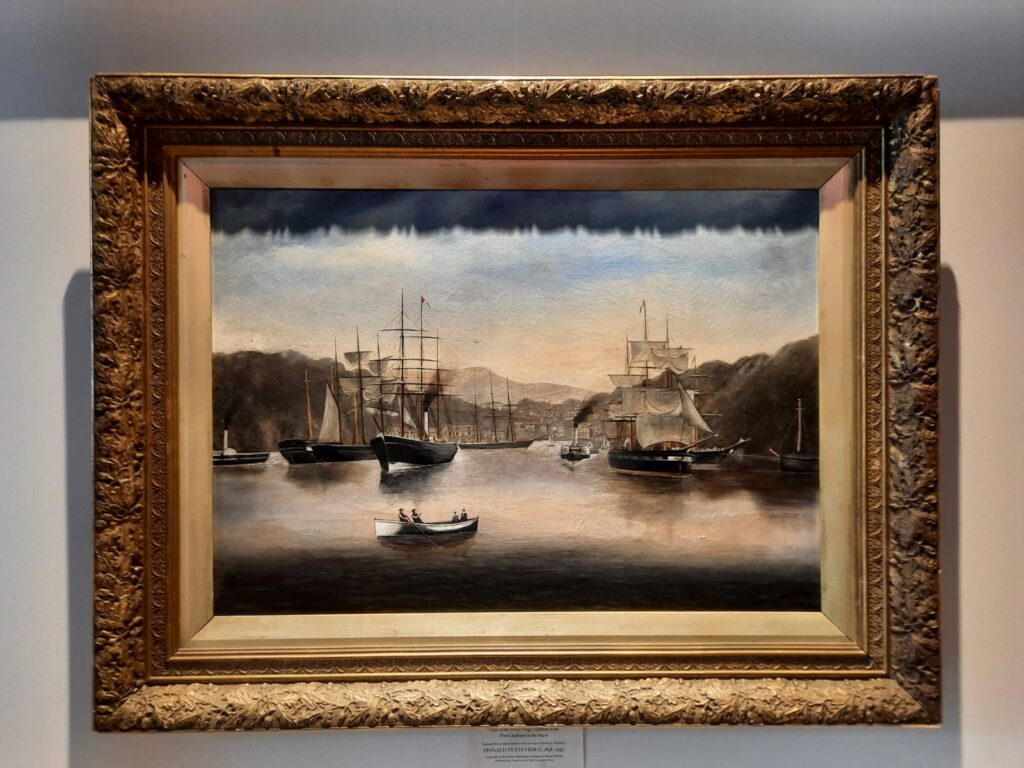
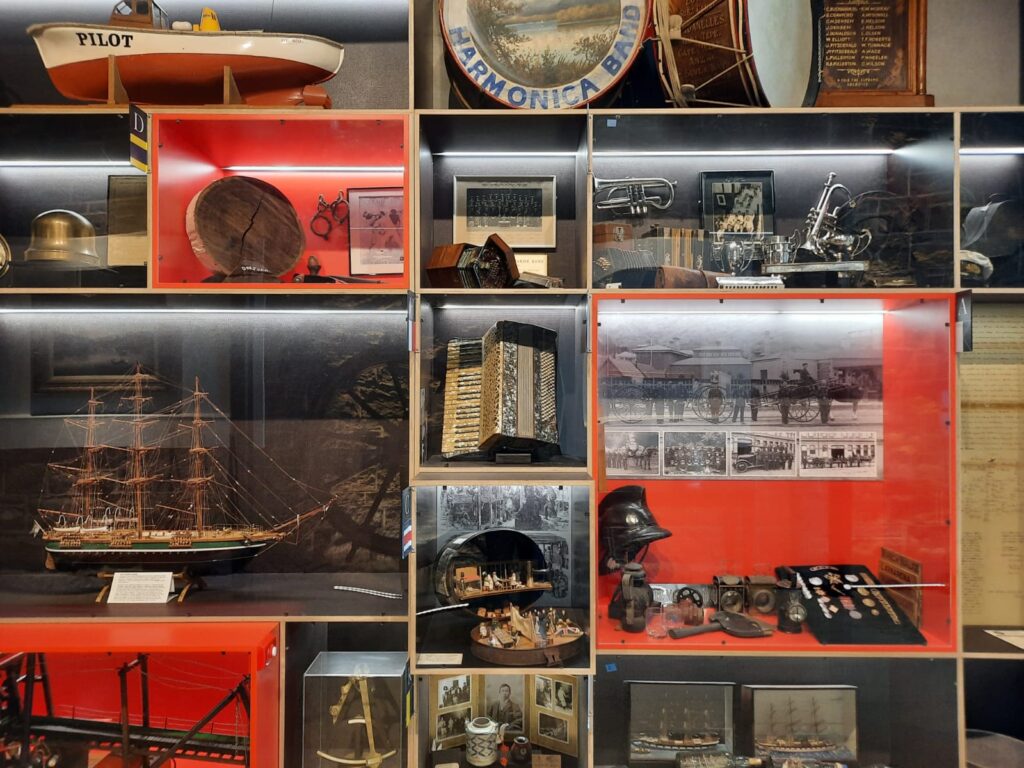

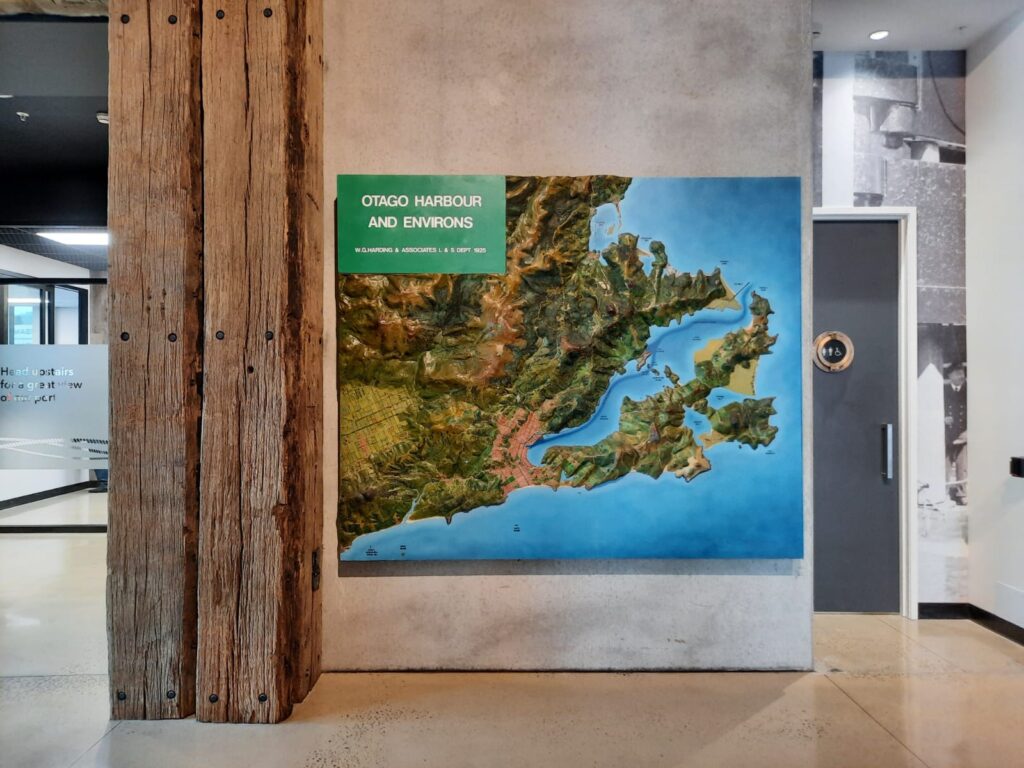
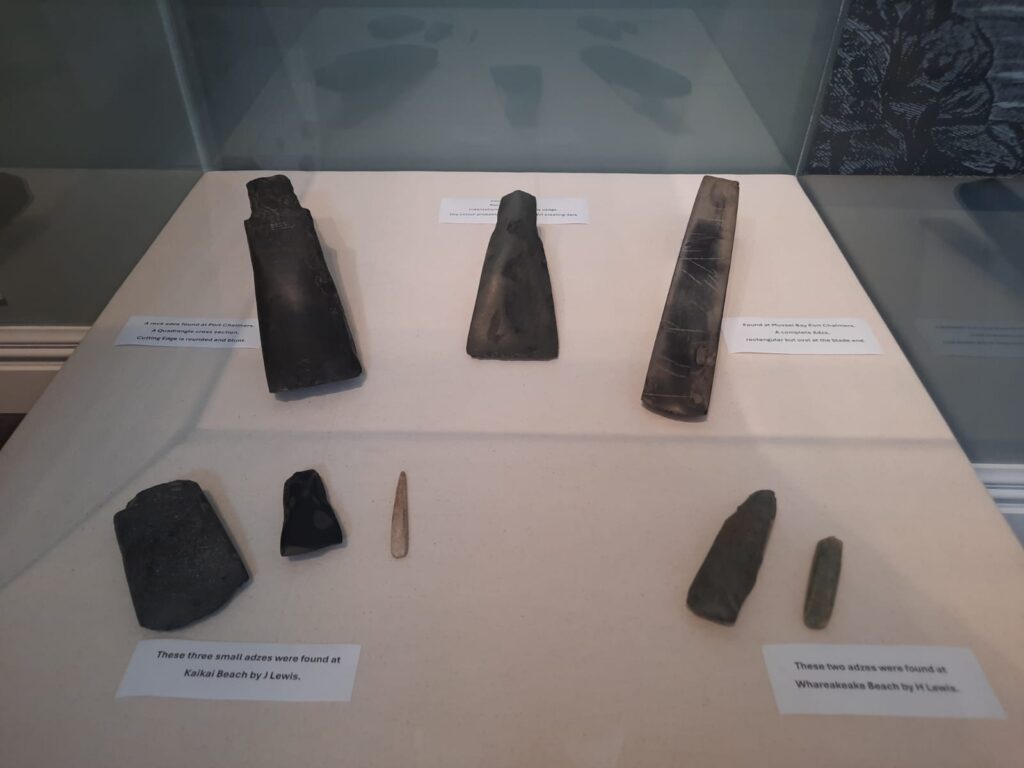
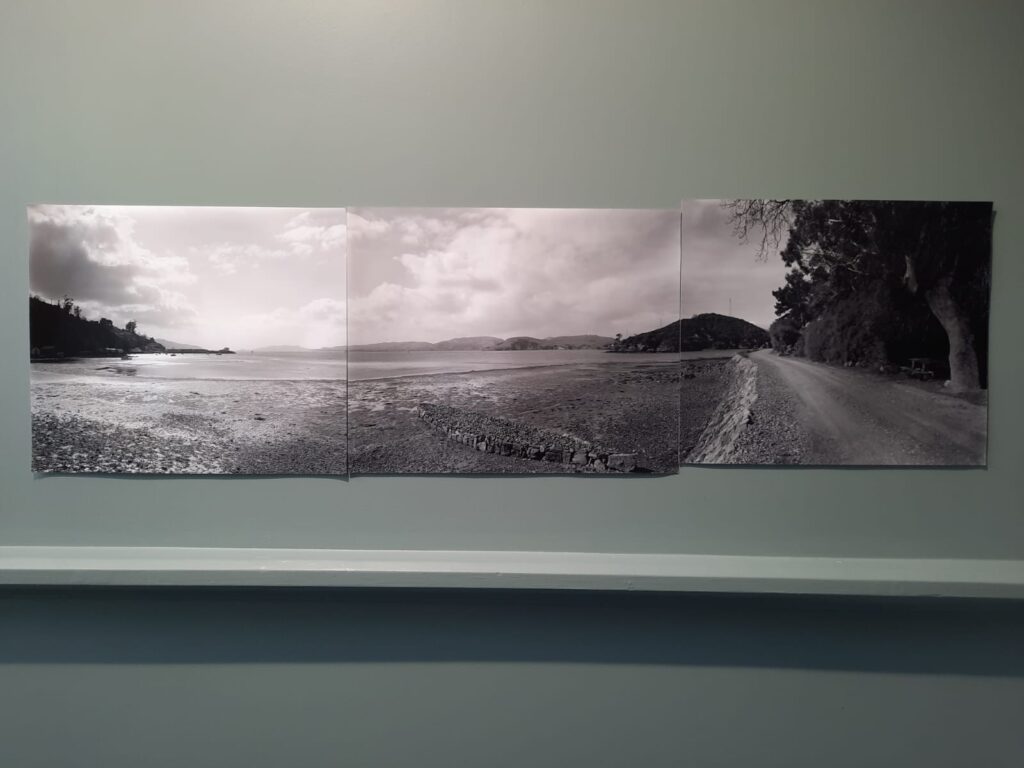
Port Chalmers Maritime Museum
Stated another way, Port Chalmers is a small town with a disproportionate role in maritime history. No wonder the museum here is a maritime one. It’s not as straightforward as it might seem, however.
The genesis of today’s Port Chalmers Maritime Museum is what was once the Port Chalmers Early Settlers and Old Identities Association. As we discussed when we visited Toitū a while ago, Early Settlers Associations were once common in New Zealand, but have tended to evolve past the very narrow focus on only early European settlers. The Port Chalmers Early Settlers and Old Identities Association thus became the Port Chalmers Historical Society Inc. It’s their collection we see in the museum. Bear this in mind when we see some of the ways the museum goes beyond a purely maritime remit.
As for the building, it is the former post office of Port Chalmers. I don’t know why that page I linked to says it’s still in use as a post office: it ain’t. The museum, which first opened in 1913, has been here since 1987. In 2020, however, the building was leased to Port Otago, and incorporated into their offices. This was the impetus for a major redevelopment. The museum now expands beyond the confines of the old post office, into a new glass and steel extension. There’s also a viewing platform for those who want to watch the workings of the port. More on both shortly.
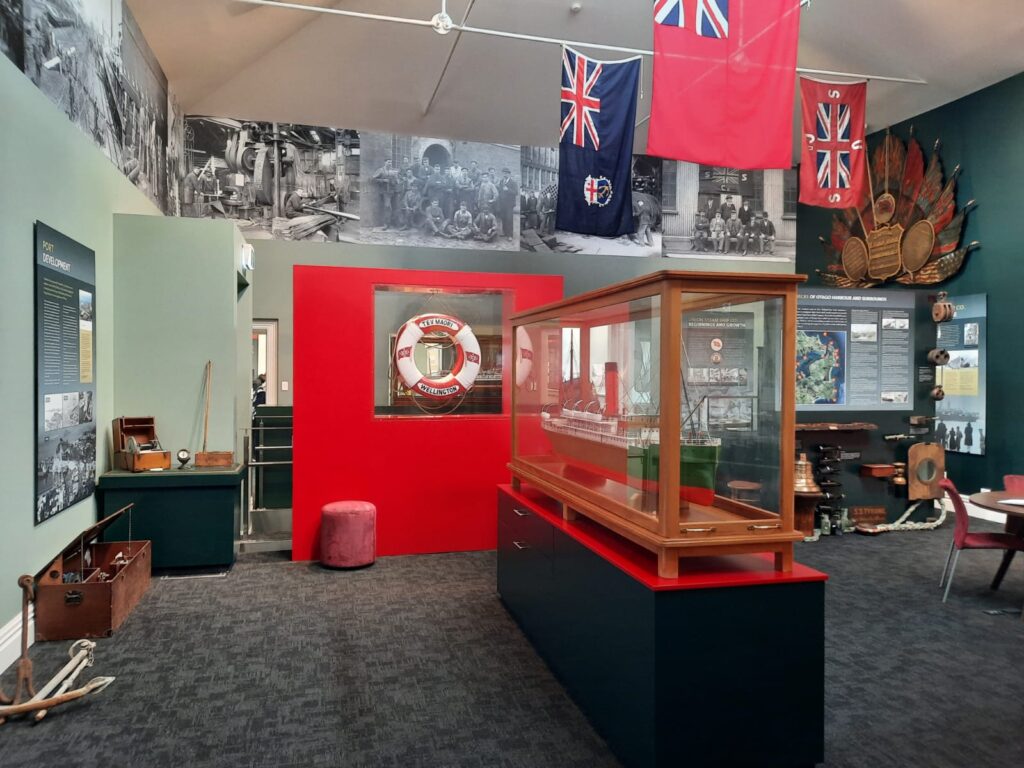
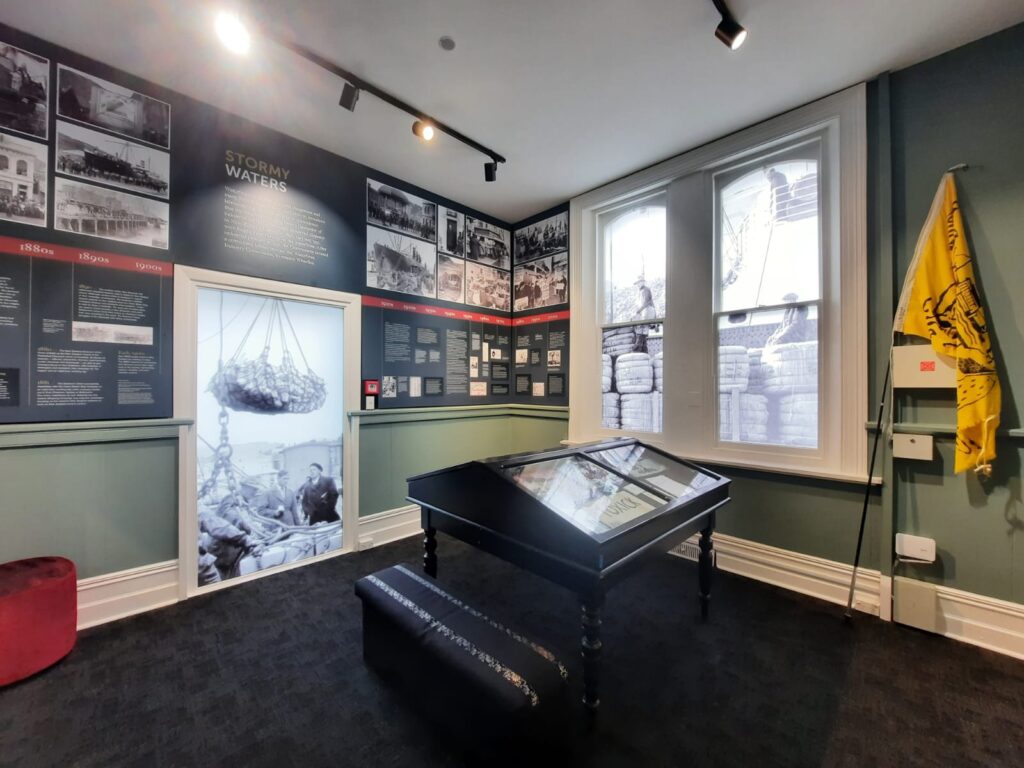
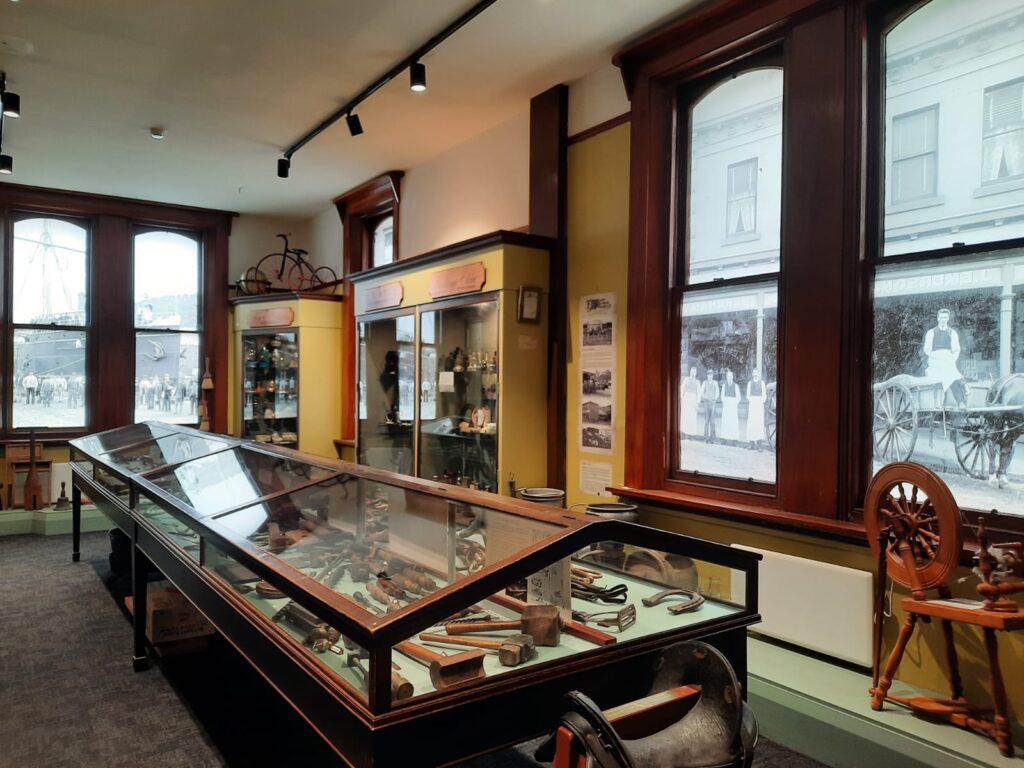
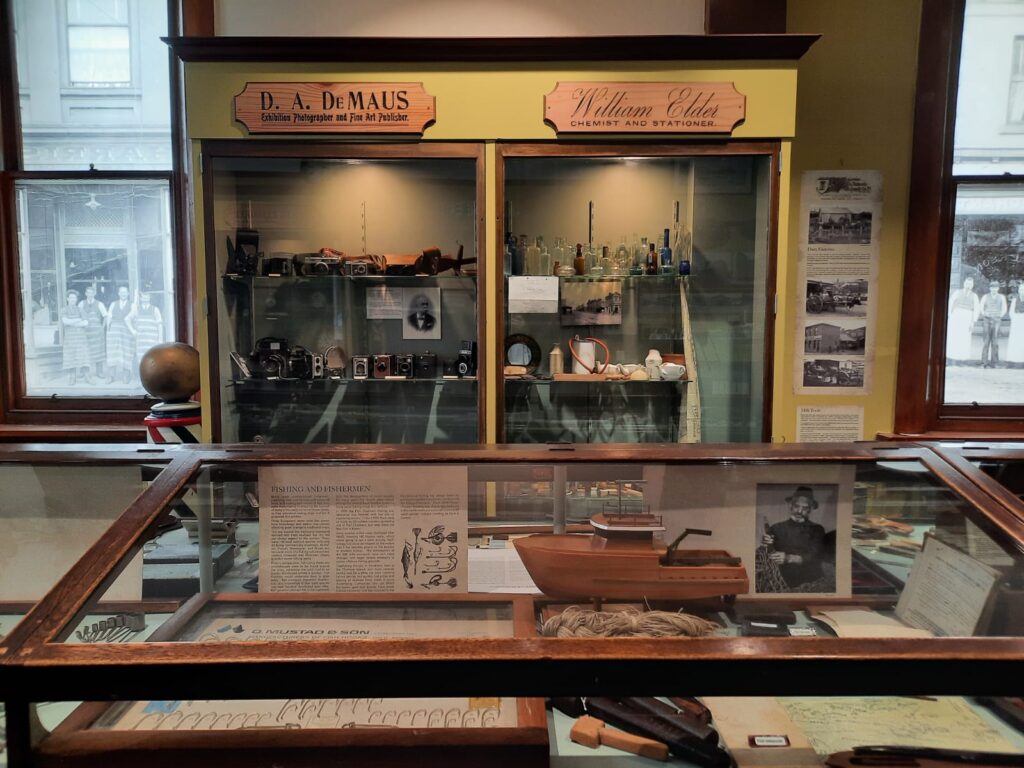
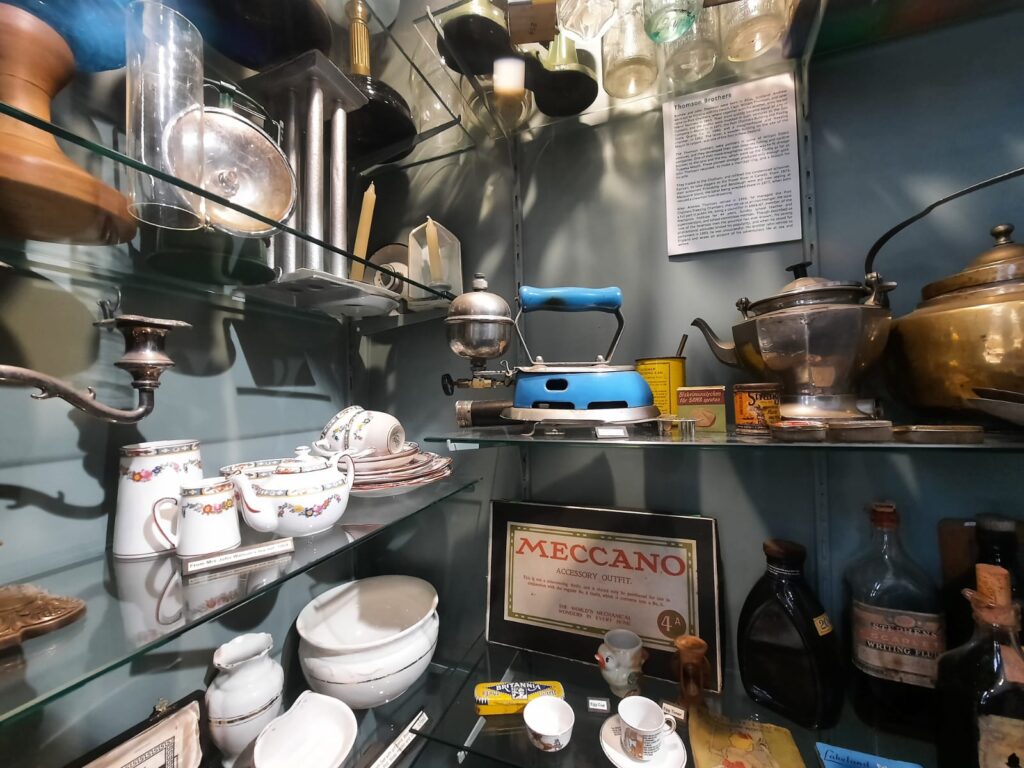
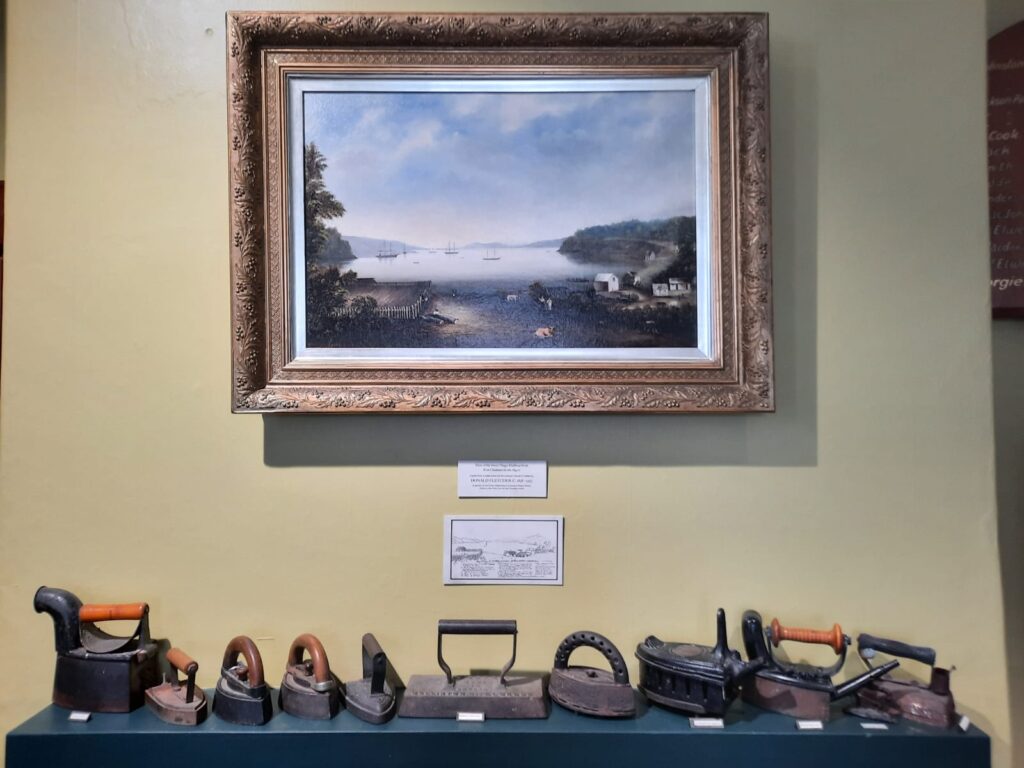
More Than Just Maritime History
The thing about a Maritime Museum run by a local historical association is it’s almost inevitably going to be about more than maritime history. Such is the case here. There’s plenty of maritime history, sure, but the topics covered also include the geography of the area, local industries, social history, local historic incidents (like the successful campaign against an an aluminium smelter at Aramoana in the 1970s), and more besides.
And this blend of topics reminds me of the previous incarnation of the Port Chalmers Maritime Museum, which I visited a few years ago now. As a brief aside, when I was doing internships in museums years ago, one thing that has stayed with me is the prevalence (or excess, really) of Singer sewing machines in museum collections. It’s an example of an object that was valued by its original owners, handed down, felt too important to get rid of, so ends up being offered to a museum. Museum acquisition policies being more lax in the past than they might be now, a surfeit of Singers was often the end result.
The reason I bring this up is that previously when I visited the Port Chalmers Maritime Museum, it had that feel of an organic collection made up of objects with meaning to local people and families. It reminded me of somewhere like the Thames River Police Museum. Which is to say, a comfortable jumble of historic information and special topics, run with love mostly by volunteers. I say this without judgement, I love this type of museum.
There are still whispers of this earlier self in the new presentation. Take a look at the plethora of old irons in one of the images above, for instance. The social history room is definitely where it comes through the most strongly. But input from ObjectLab museum consultants as well as local museums makes for a professionalised version of the Port Chalmers Maritime Museum these days. Gone is the comfortable jumble, replaced by an ABC-darium of objects filling the connecting space between post office and port offices.
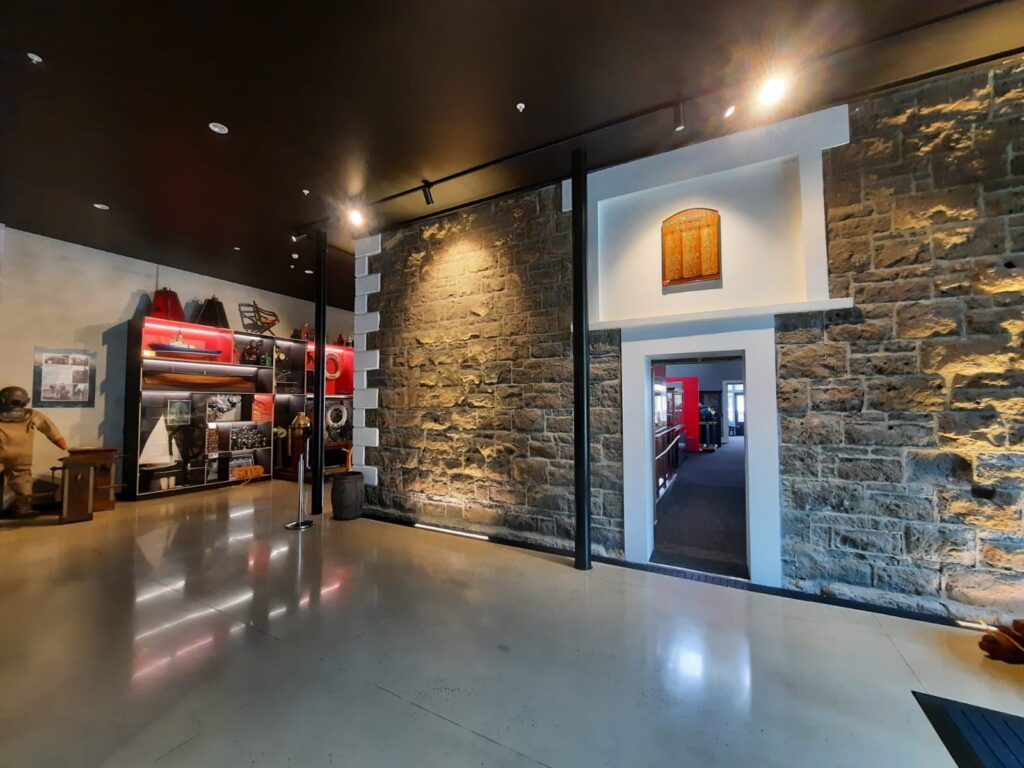
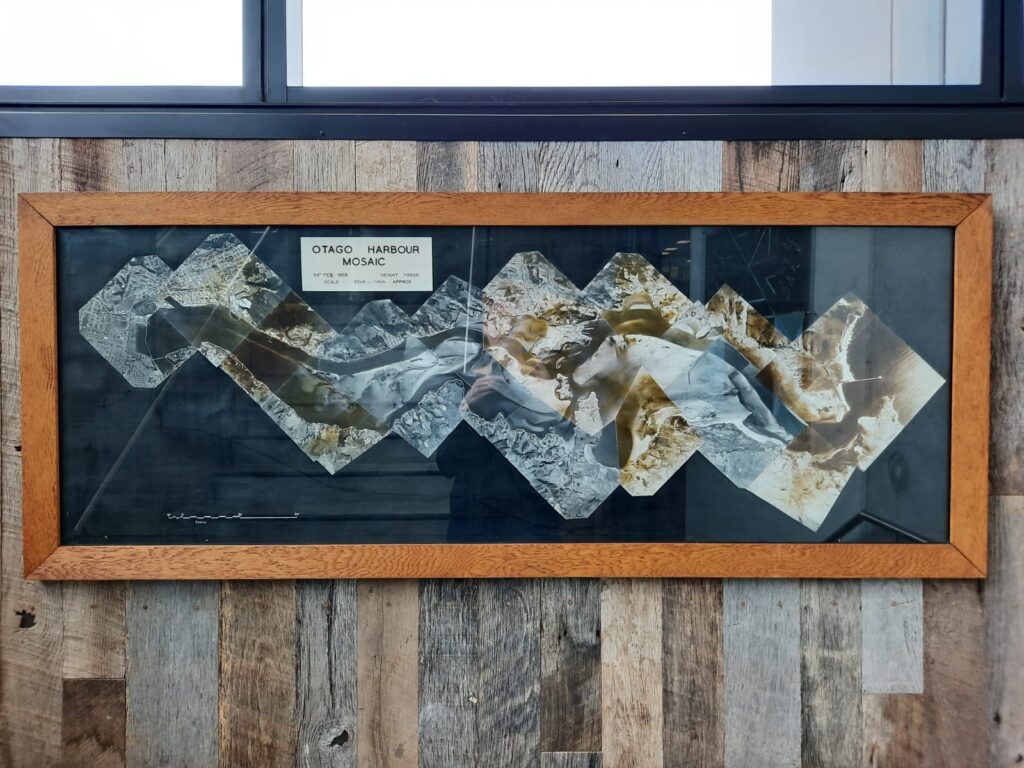
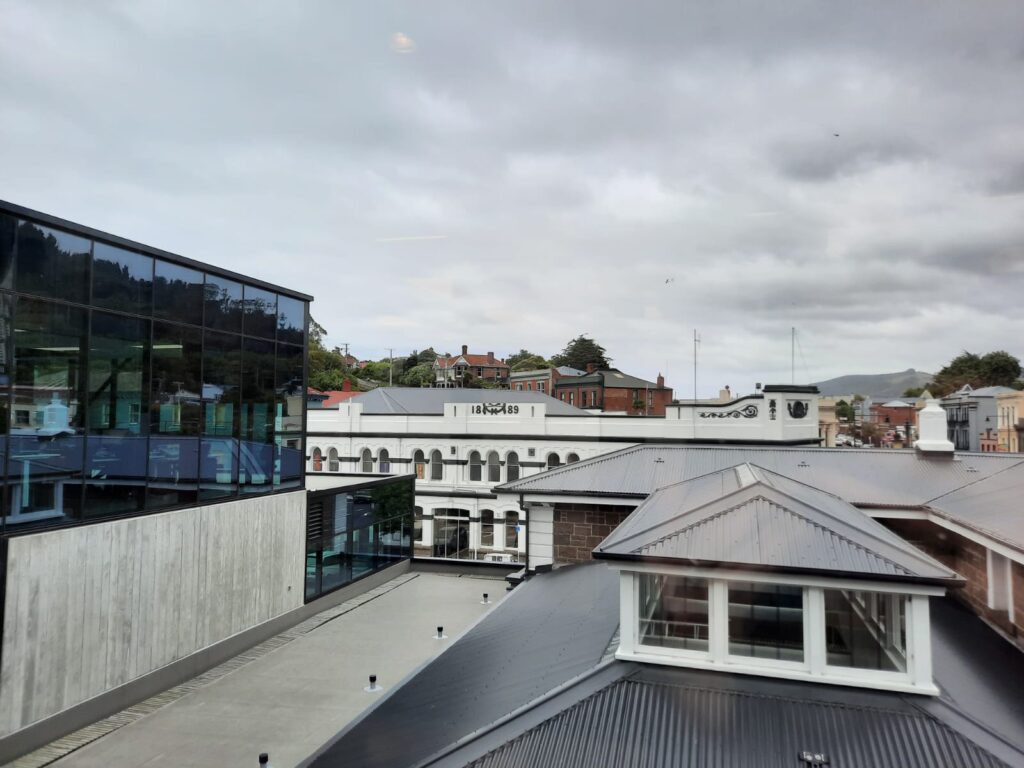
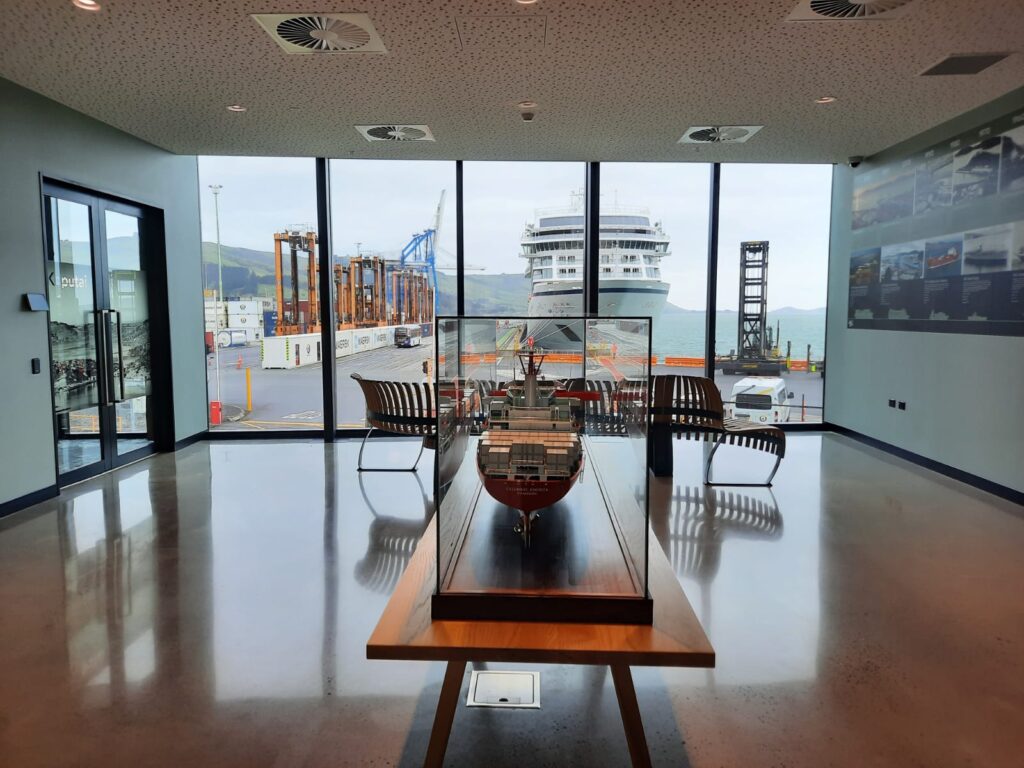

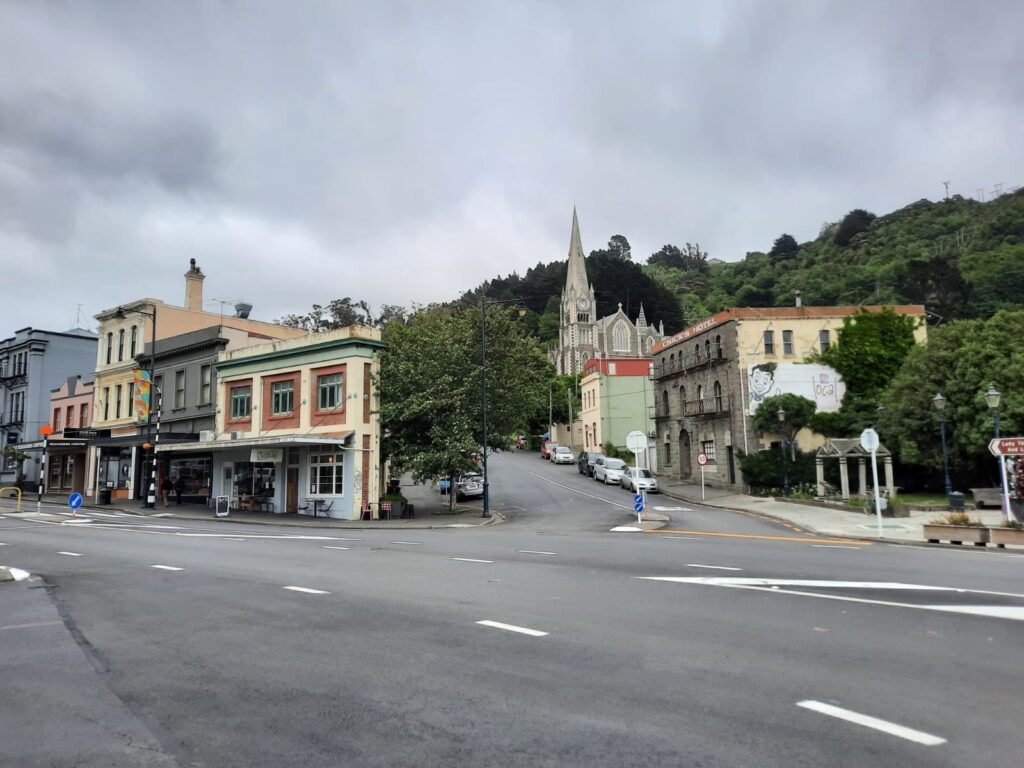
Thoughts on the Port Chalmers Maritime Museum Refurbishment
You know what? I liked the old version of the Port Chalmers Maritime Museum, and I like this version too. The previous incarnation had its charms. But the newly reopened version is something for the audiences of today and tomorrow. Interestingly, although renewing museum displays often means putting objects at the forefront, this article on the museum’s reopening comments on how it now has more text than it has had before. I think really a bit of both have happened. There are new object-rich displays. But the museum has also rethought the stories it’s telling, and how it’s telling them.
The result is a museum where you can choose. Do you want to look at the ship’s models, dioramas, and objects of maritime and social history? Maybe then head up to the viewing gallery and watch a modern-day port in action? Or do you want to linger over the substantial wall texts, really get into the subject matter and learn a thing or two about Port Chalmers and the surrounding area? Balancing a bit of both might be the key. My personal feeling is that it would take more than one visit to absorb all the stories contained in this historic building and its contemporary extension. I, for one, honed in on the bits that interested me and saved the rest for a future visit. But even if you’re just here for a short time (on a cruise ship, perhaps?), there is plenty to enjoy here.
And maybe this is the thought to end on. Port Chalmers has been part of some big, global stories. I defy anyone to tell me they haven’t eaten meat transported in refrigerated containers. And there’s still a lot of interest in the early Antarctic explorers. And you can read about those here. But it’s also nice that a little settlement next to a bigger city has retained its own identity, and that there’s a place where you can come and learn about it. Keep doing what you’re doing, Port Chalmers Maritime Museum!
Salterton Arts Review’s rating: 3.5/5
Trending
If you see this after your page is loaded completely, leafletJS files are missing.

